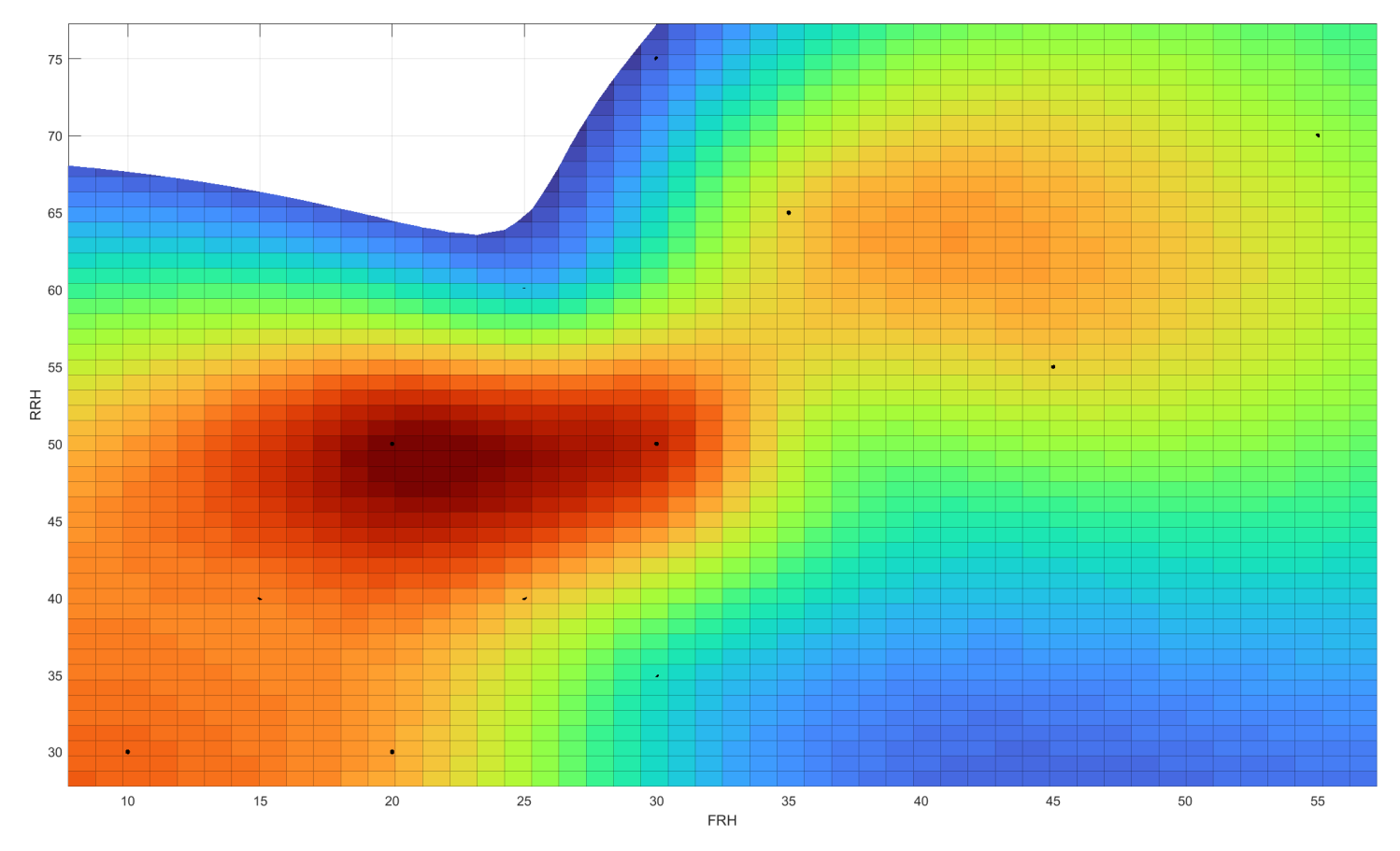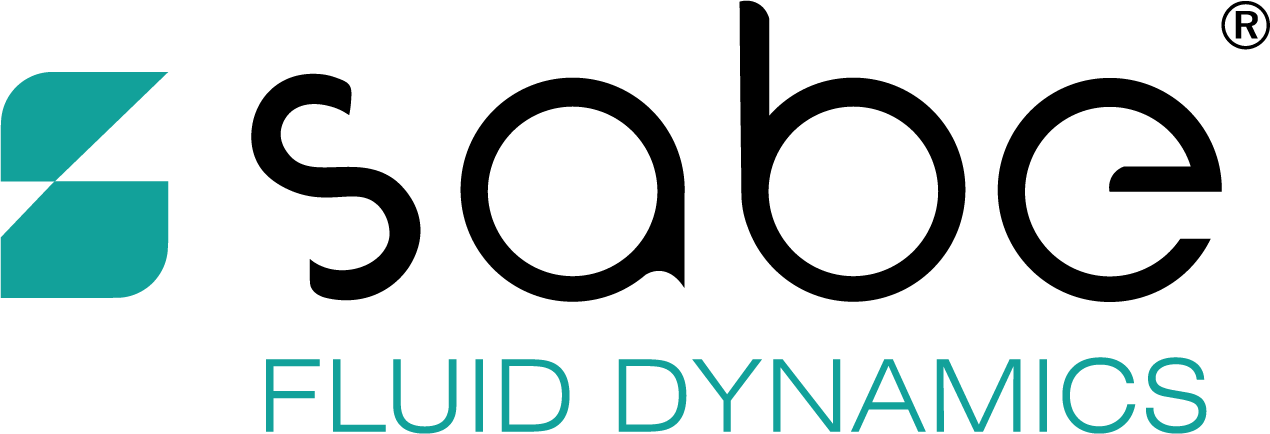At the final round of the 2023 Duratec Sports 2000 Championship at Donington Park GP, John Hughes and John Iley of Sabe Fluid Dynamics joined forces with the University of Wales Trinity Saint David (UWTSD) to fine-tune the performance of the MCR S2n race cars. This collaborative effort shed light on crucial aspects of aerodynamics and vehicle dynamics.
Tharish, a Masters’s Graduate from UWTSD worked on the data analysis:
“My project was on improving the simulation model used for the UWTSD Sports 2000 MCR by adding aerodynamic effects to the VI-CarRealTime model. Sabe Fluid Dynamics’ expertise was very useful for my project in improving the car CAD geometry and conducting multiple CFD runs. This data was subsequently used to create an aerodynamic map of the expected vehicle working range.
The CFD data proved comprehensive, leading to a subsequent investigation of the race car’s vehicle dynamics for set-up purposes. The research identified specific spring and static ride height parameters that are expected to enhance performance and driver confidence. We gained valuable insights into the car’s aerodynamic response to different ride height and rake changes, helping increase our confidence in decision-making. It also helped us gain an understanding of future development avenues. “
An aerodynamic map depicts a car’s aerodynamic performance across its different states around a circuit. While the complexity of the states can be limitless, a fundamental aspect will be the vehicle’s ride heights measured at front and rear axles. Below is an example aerodynamic map showing a performance metric against Front Ride Height (FRH) and Rear Ride Height (RRH).

Tim Tudor the Programme Director for BEng Motorsport Engineering and Senior Lecturer at UWTSD, emphasized the importance of bridging the divide between computational models and real-world racing scenarios:
“It was fantastic to have Sabe attend Donington race weekend with the University of Wales Trinity Saint David student race team to support our Motorsport Engineering students with trackside Aerodynamic analysis.
Sabe provided our students with a unique insight into trackside aerodynamic testing techniques and this allowed them to correlate their computational models with real-world behaviour, as well as explore other areas of potential improvement. This included flow visualisation and dynamic vehicle platform assessment, which was invaluable and supported an ongoing master student project.
It was fantastic to see the students make the most of this opportunity and discuss aerodynamics with industry professionals. Thank you to Sabe for coming to the event and supporting the project and students’ professional development.”
The Donington event served as a platform for meaningful interaction between UWTSD’s student race team and Sabe’s industry experts.
The collaboration between Sabe Fluid Dynamics and the University of Wales Trinity Saint David reflects the power of combining academic knowledge with industry expertise.
